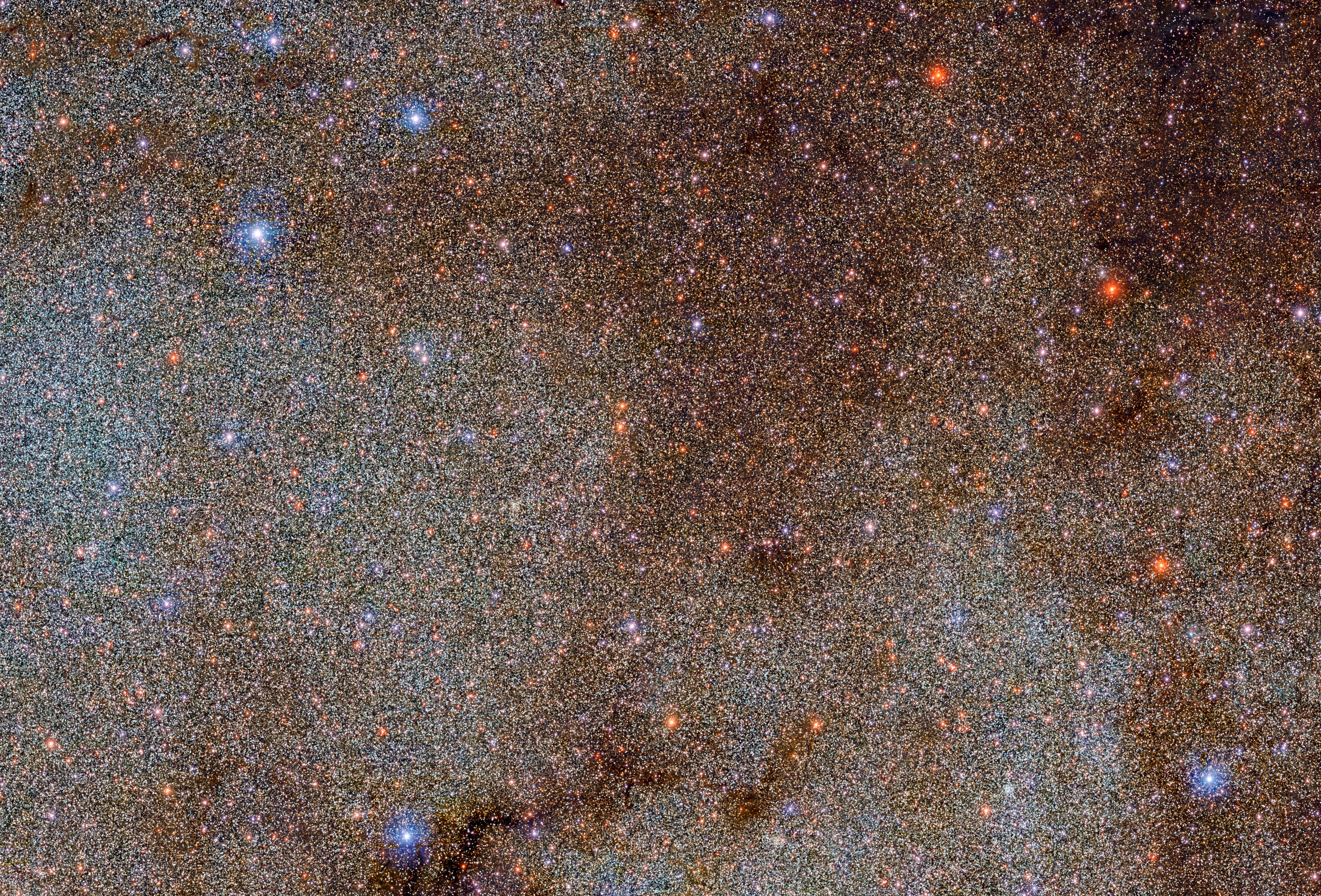Scientists reveal unprecedented map of billions of ‘celestial objects’

Scientists have revealed what they say is an “unprecedented” map of billions of objects from across our Milky Way galaxy.
The survey may be the largest such catalogue ever made, and includes 3.32 billion celestial objects.
The data was gathered using the Dark Energy Camera, a project in Chile that was originally created to try and understand dark energy.
Our Milky Way galaxy includes hundreds of billions of stars in all, which are surrounded by regions that are forming new stars as well as vast clouds of dust and gas.
Scientists hope to gather as much information about them as possible, to inform our understanding of our galaxy, where it came from and where it might be going.
The latest research offers what unprecedented detail on some of those objects, offering what scientists say might be the biggest catalogue of such objects ver found.
It is the result of two years of work, which generated more than 10 terabytes of data and 21,400 individual exposures. That was used to identify 3.32 billion objects.

It offers a view of the Milky Way as taken from the Earth’s southern sky, in optical and near-infrared wavelengths. With other data from the same survey, it now covers 6.5 per cent of the night sky.
Scientists now hope that the detailed survey can be used to better understand the structure of the stars and dust within our galaxy, they say.
The dataset can be seen online at a special link. It is also presented in a paper, ‘The Dark Energy Camera Plane Survey 2 (DECaPS2): More Sky, Less Bias, and Better Uncertainties’, which will appear in the Astrophysical Journal Supplement.
Join our commenting forum
Join thought-provoking conversations, follow other Independent readers and see their replies
5Comments